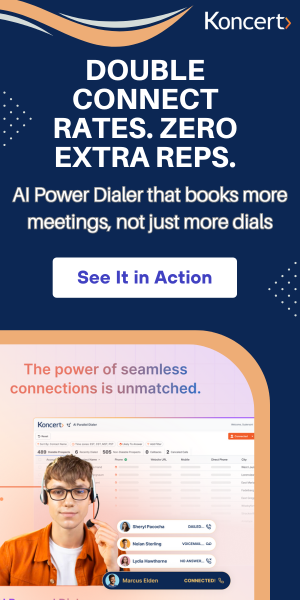
Gamification refers to adding competitive elements to activities that are usually not associated with games. Some of these gaming elements might include friendly competition, keeping score, and awarding points and badges. In fact, gamification in the workplace is catching on.
A variety of organizations employ successful gamification strategies to help motivate employees, students, and even customers. Your sales organization could use gamification tools to help keep sales employees engaged and selling. How else can gamification tools benefit your workplace? How do you avoid the pitfalls of gamification? Read on.
How Gamification Tools Keep Sales Employees Engaged
If you've spent time in sales, you've certainly learned about the many challenges facing sales organizations. Even though sales people tend to have a competitive nature, even the most productive employees will have frustrating days. Sometimes prospects aren’t interested in a product, let alone willing to speak with a rep. At the same time, you know that it's important to set goals and stick to them on bad days and good days.
Keeping the challenges that sales people face in mind, consider these three ways that your department could benefit form gamification in the workplace:
1. Motivation
Even on those days where it seems reps are slogging through sales calls that go nowhere, they can still be rewarded for their prospect engagement. Experienced sales people know that their activities will eventually lead to success; so gamification tools can help motivate employees to maintain that activity level. Of course, each salesperson should have an ultimate goal of making it to the top of the sales leaderboard. Before that happens, gamification can help ensure that these reps stick to the process.
Gamification benefits the workplace because it can help alleviate boredom, encourage a bit of competition, and add more fun to the work environment. In an earlier article, The Science Behind Gamification, we discuss how adding in elements of games can help improve employee satisfaction and team spirit.
2. Transparency and Cooperation
When sales people can win publicly awarded points and badges, it's easy to see how everybody else has faired on scales of productivity and results. Certainly, more experienced sales people may have learned how to work more efficiently to achieve sales goals without having to make as many contacts. However, most would agree that the only way for other sales people to improve is to keep working. With gamification tools, everybody has the chance to get recognized for their efforts.
Sales people can also see how other people are doing. This openness can make new or struggling team members more willing to ask for help, and it can also help make the top performers more willing to answer questions. When one rep consistently hits the leaderboard, others will naturally want to know how he or she does it. The goal of gamification tools won't be to encourage cut-throat competition, but to improve team spirit, morale, and cooperation.
3. Encouraging Sales Reps to Use the CRM
The best gamification tools for the workplace are embedded in the sales organization’s CRM. With the right gamification strategy, employees will not just use the CRM, they will also have to make full use of all of the features that may help them earn points or awards.
For instance, the gamification system could be set to count activities such as adding call notes, connecting sales prospects to accounts, and so on. Again, your organization ultimately wants to help sales people close more sales. However, you can also reward employees for following the process and working efficiently. If you've developed an effective process, you’ll see results.
To Maximize Your Gamification Strategy, Set Rules
Every game has rules. Maximizing the benefits of gamification in the workplace means that sales reps still have to understand that it's just a game. While you can benefit from some friendly competition, you will need to ensure that the game doesn't become a source of bullying or embarrassment. Good sales people tend to have a competitive spirit, but you should make sure that gamification doesn't get taken too seriously. You certainly don't want promising sales reps to quit because they didn't earn enough points to get an award.
You should try to monitor metrics that could make people look bad, pay attention to the feelings sales people express about some of the numbers, and offer one-on-one mentoring for new and struggling employees. On the other hand, if you use your gamification application to monitor both effort and performance, you should find that most sales reps have a fair shot to earn some awards that will help reinforce good behavior.
After defining clear business objectives and aligning team sales activity with your goals, you will be more than ready for gamification. It’s a simple act of measuring performances and sharing that information with everyone included in the process. Find out more on how ConnectLeader’s TopRung Sales Gamification can help boost your sales team moral, performance, and success rates.
Related Posts
10 min read
High-Quality Outreach - Why Koncert's ZigZag Dialing® Replaces Call Blasting
Dec 12, 2025 by Koncert Marketing
13 min read
7 Outbound Sales Trends for 2026 - AI, Latency, & Max Connect
Dec 4, 2025 by Koncert Marketing


